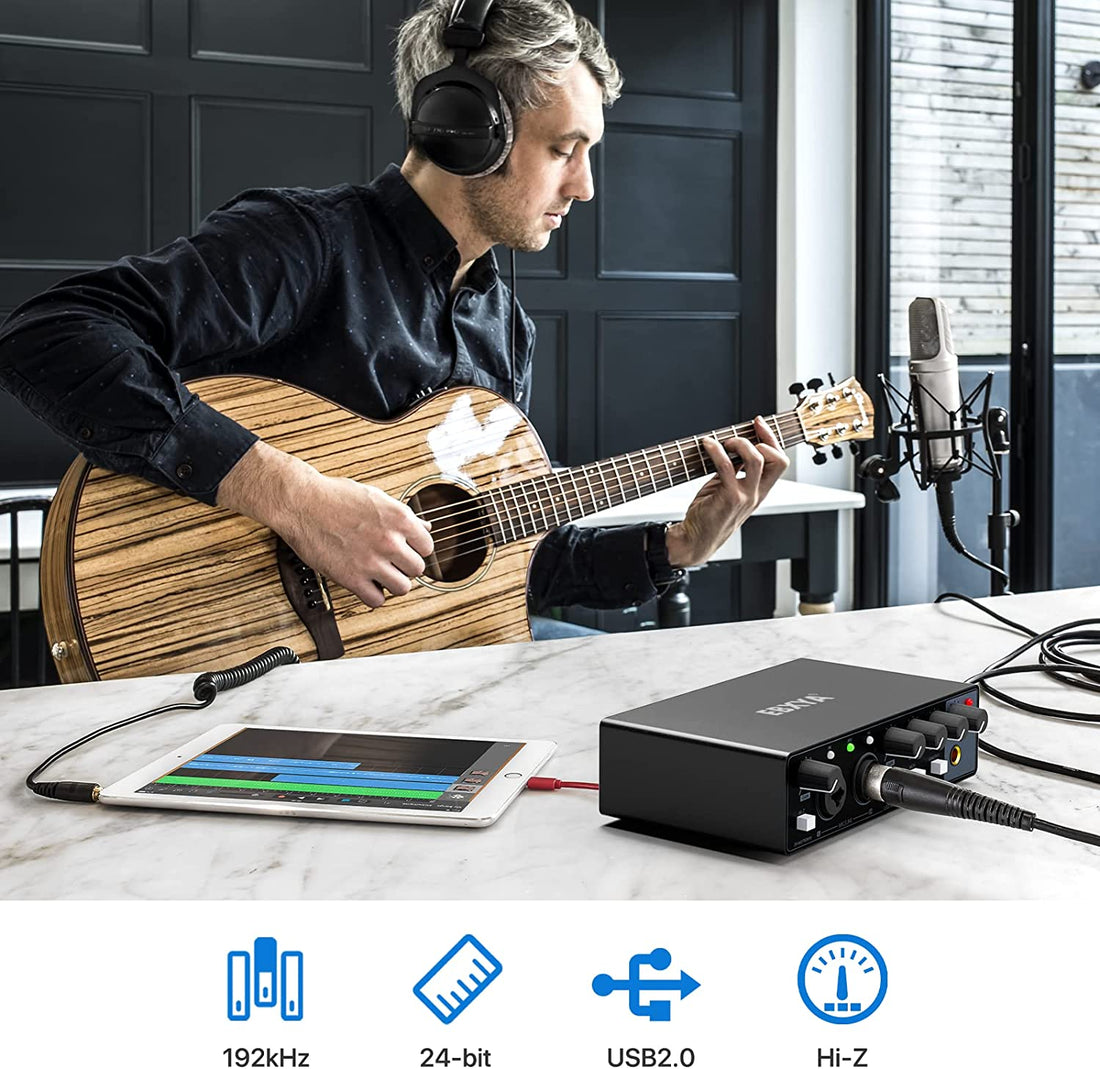
Is there a direction for the guitar cable to amp?
Share
Depending on the type of cable we're talking about, this has always been a contentious and difficult topic. However, in actuality, it may not be so difficult. We occasionally receive guitar cables that have a certain orientation to be connected marked on them. Then, these cables with "direction", typically the plug color is different, or is directly on the plug with "guitar" (guitar), "amplifier" (speaker), there are other is directly on the plug with a "grounded end" (grounded end) logo, and so forth. What distinguishes these "directional" cable from the norm in reality? The "directional" theory is then supported? Please continue reading; as usual, we begin with the basic examples.
The word "directional" implies that the instrument line is to be used in a certain direction. Sometimes it is also written "uni-directional", but usually this word is misused. A truly uni-directional cable can only be connected in one direction, and the other way around will not work at all. A conventional microphone cable, the female (microphone end) transmits to the male (speaker end), in this case, because of the plug socket, it can only transmit the signal and connect in one direction, and vice versa cannot be connected.
The male connector is typically used for signal sources (such as microphones, DI boxes, mixers, the main output, etc.), whereas the female socket is typically used for receiving ends (such as the mixer's input, the input of big speakers, etc.). Since its connector specifies that it should be used from that direction, the microphone cable itself need not take into account the signal being transmitted in that direction.
But in the case of guitar cable, it is used at both ends with 6.35/6.5 male connectors, so in most cases, it should be used in whichever direction is possible, without considering the effect. Because it is possible to transmit the signal at both ends. So, in the discussion of guitar cables, we should use "directional", not "only directional", because it is only a preference for connection, not only one connection direction. And those who have no directional preference, both directions can be said, we can say that the cable is "bi-directional".
There are several theories to explain why guitar lines are marked with "directionality", some of them are reasonable, others not so much (from my own logical analysis, of course).
Shielded end (or equipment/speaker end) of the cable
This is by far the most common "directional" musical instrument cable, and then this is really supported by certain theories. Unlike the conventional cable that uses the coaxial cable structure, this cable, which uses a 2 cores 1 network structure, which is the conventional structure of the Canon cable, 2 cores are connected to the hot end and cold end of the plug, and then the shielded copper cable mesh is only connected to the cold end of one of the ends, and then the section of the shielded mesh is usually marked as "shielded end or "amplifier"
The idea of this theory is that the shield end is only connected to the equipment / speaker end, so that the shield receives the interference noise signal, it flows directly through the equipment / speaker grounding end, will not say that it will flow back to the guitar, not from the beginning of the end of the signal grounding mixed together. If you are between the guitar and the speaker, but also connected to the effects, remember to pay attention to the signal connection direction of this cable, the guitar - "effects -" speaker, this cable must ensure the consistency of the cable direction, the grounding end to be inserted into the end near the speaker . This cable, usually in the plug is clearly marked "Instrument" and "amplifier"
There are connecting cables with different functions.
In the case of this kind of cable, it is indeed directional, because one of its plugs has a specific function and must be connected to one end of the guitar. For example, the connection cable with Newtrak mute plug or D'Addario Planet Waves mute plug (they usually only plug in the guitar end with the mute plug), this kind of words, the mute plug must be plugged into the guitar end, in order to play the trouble of not having to run to turn off the speaker, and then unplug the cable. The structure of this line may be the structure of the coaxial cable, there may also be the above-mentioned 2 cores 1 network.
Cables with signal direction bias.
Okay, finally we come to the trickiest and most controversial issue of all. Some cable manufacturers (basically those of very expensive brands) claim that their cables are directional and that their cables are manufactured and designed so that the signal flows better if connected in one of the directions. These cables are not structured with the shielded end of the cable as described above, but only with a coaxial cable structure that is symmetrical in all directions. Of course, some manufacturers use a two-core structure, and there is also attached to what "electron flow" theory to explain why it will have a directional preference.
On this issue, there are a variety of myths and discussions, and then some people say that this directional cable in the production of directional characteristics (the difference in production processes), while more people say that the difference is so small that you can not hear, and in the blind listening experiments can not hear. And of course some people swear that they do hear the difference. Anyway, I can't hear it, and I'm not going to pay such a big difference to buy these so directional cables.
